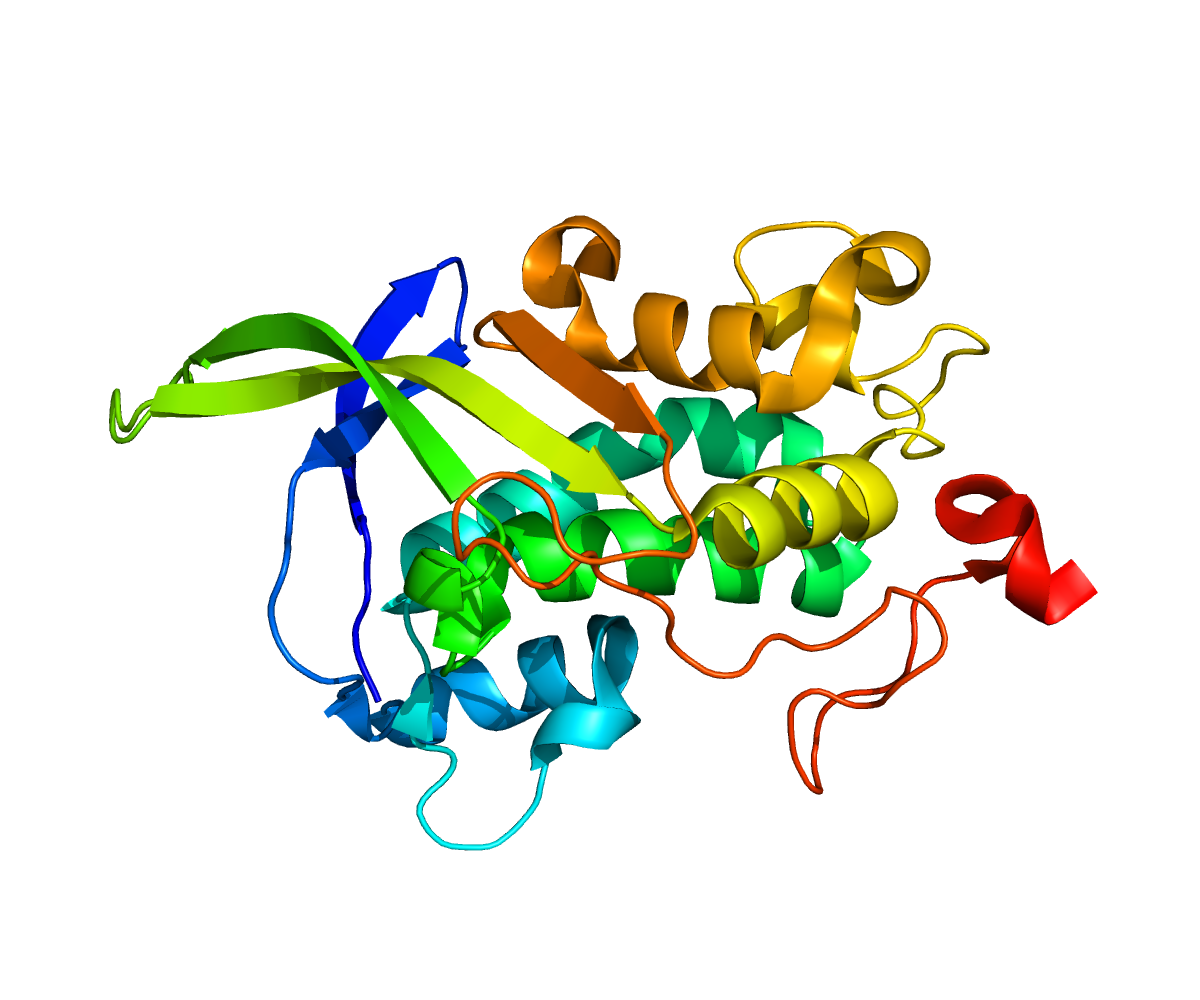Niemann-Pick Disease, Type C2

A number sign (#) is used with this entry because Niemann-Pick disease type C2 (NPC2) is caused by homozygous mutation in the NPC2 gene (601015) on chromosome 14q24.
DescriptionNiemann-Pick type C (NPC) disease is an autosomal recessive lipid storage disorder characterized by progressive neurodegeneration. Approximately 95% of cases are caused by mutations in the NPC1 gene (607623), referred to as type C1 (257220); 5% are caused by mutations in the NPC2 gene (601015), referred to as type C2. The clinical manifestations of types C1 (257220) and C2 are similar because the respective genes are both involved in egress of lipids, particularly cholesterol, from late endosomes or lysosomes (summary by Vance, 2006).
Clinical FeaturesVanier et al. (1996) reported 5 patients with NPC2. Three patients presented with a 'new' rare phenotype associated with severe pulmonary involvement leading to death within the first year of life. A fourth case in that group had typical neurovisceral disease with infantile neurologic onset and rapid course; the fifth case and her affected sister had a typical juvenile form of the disease. There was no common ethnic origin for the group 2 cases. Two were North African, whereas the other 3 were Italian, French, and German. Tissue lipid storage pattern, intralysosomal cholesterol storage, and abnormalities in cholesterol homeostasis were similar to NPC1.
Millat et al. (2001) reported the first comprehensive study of 8 unrelated families with NPC2, originating from France, Algeria, Italy, Germany, the Czech Republic, and Turkey. These cases represented essentially all patients with NPC2 who had been reported, as well as those known to the authors. Seven families demonstrated severe and rapid disease course, with age at death being 6 months to 4 years. A remarkable feature was the pronounced lung involvement, leading, in 6 patients, to early death caused by respiratory failure. Two patients also developed a severe neurologic disease with onset during infancy.
Klunemann et al. (2002) reported 2 sisters with a novel phenotypic variant of NPC2, confirmed by molecular analysis. Both sisters presented in their early forties with vertical supranuclear gaze paresis, dysarthria, and cognitive decline characterized by expressive aphasia, perseverative behavior, and impaired conceptualization and planning. The proband developed ataxia and athetoid movements, and her sister developed facial dyskinesias and bradykinesia. Cholesterol esterification of cultured fibroblasts from 1 patient was abnormally low at 26% of normal. Detailed histories revealed that both patients exhibited early cognitive symptoms in adolescence. Postmortem examination of the proband revealed frontal lobe atrophy and neuronal lysosomes with oligolamellar inclusions typical for NPC, but no visceromegaly.
DiagnosisPrenatal diagnosis
Millat et al. (2001) performed prenatal diagnosis by mutation analysis of an uncultured chorionic villus sample.
HeterogeneityGenetic Heterogeneity
From complementation studies, Steinberg et al. (1994) found evidence of genetic heterogeneity in Niemann-Pick disease type C. In a study of 12 patients representing a wide clinical spectrum, one was found to differ from the others and to represent a minor complementation group which they referred to as group beta. Vanier et al. (1996) used somatic cell hybridization to demonstrate 2 categories of patients. The major complementation group (NPC1) comprised 27 unrelated patients and the second minor group (termed NPC2) comprised 5 patients. Linkage analysis in 1 multiplex family belonging to the minor complementation group showed that the mutated gene did not map to the NPC1 locus at 18q11-q12. One of the 5 families in group 2 studied by Vanier et al. (1996) was the family studied by Steinberg et al. (1994) and was found to fall into a separate group.
Molecular GeneticsIn 2 patients with NPC2, Naureckiene et al. (2000) identified homozygous mutations in the HE1 (NPC2) gene (601015.0001-601015.0002).
In 6 unrelated patients with NPC2, Verot et al. (2007) identified 5 different mutations in the NPC2 gene (see, e.g., 601015.0008-601015.0010). The authors stated that a total of 15 disease-causing mutations had been identified in 22 unrelated families to date. E20X (601015.0001) was the most common mutation, accounting for 34% of mutant alleles.